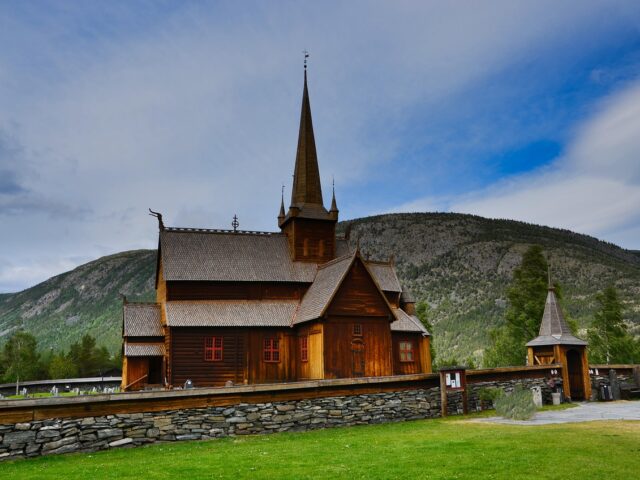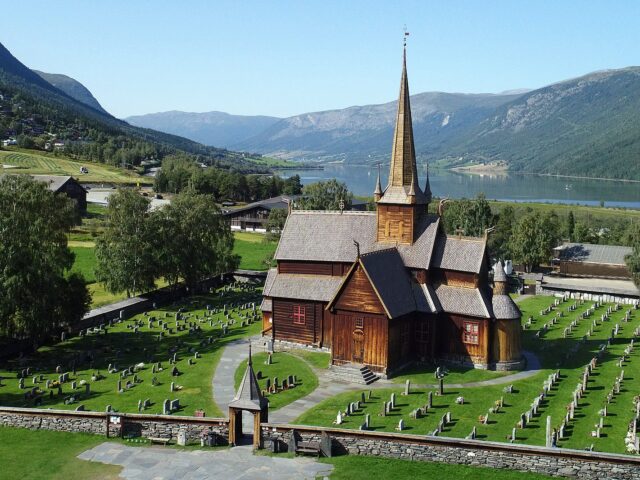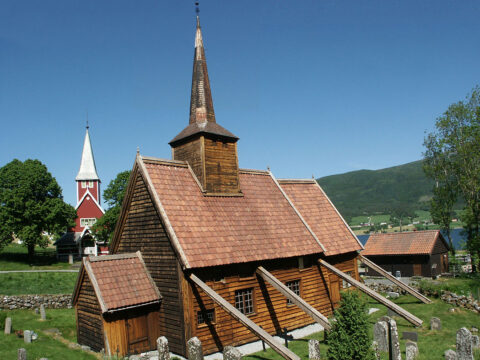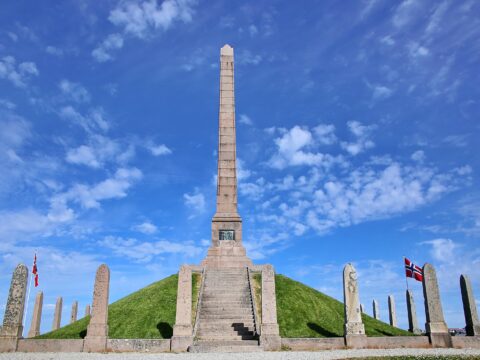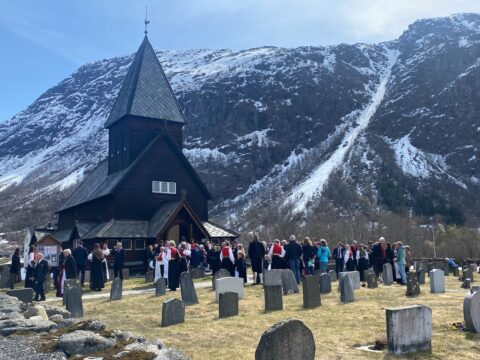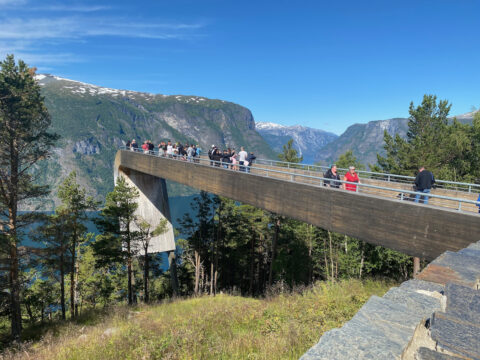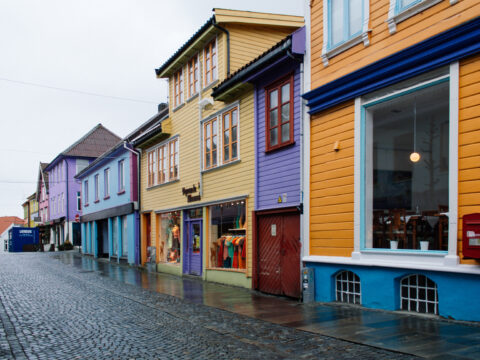Address
Bergomsvegen 1, 2686 Fossbergom
GPS
61.839837, 8.5662648
0 users have saved this item in their Bucket list.
You can also make your own list.
Lom Stave Church is an impressive church with a rich history. It was built in the mid-12th century and was used by both locals and travelers. It was an important crossroad between Eastern and Western part of Norway.
The timber in the oldest part of the church was cut during the winter of 1157/58. Both the nave and the choir are built in the stave technique and are limited by a large corner stave in each corner. The church has a raised central room where the roof is held up by a row of interior staves (columns). These staves go from the floor all the way up to the roof. Originally, there was a gallery around the entire exterior of the church. This was removed when the church was expanded in the mid-1600s. The carved dragon heads on the roof have been a characteristic feature of the church since the beginning.
The Black Death
The top dragon head on the east side of the church and the ridge pole over the choir are replicas made in 1964 of the original decorations from the Middle Ages. The originals, which are unique in their kind, can be seen in the Stave Church Exhibition in Lom.
Lom was an important crossroad between east and west. Hence Lom Stave Church was a busy church in the Middle Ages. Pilgrims and other travelers shared the space with locals. The parsonage at Mo was the natural resting place for travelers until the end of the 1800s. At that time coaching inns and hotels took over. The Black Death in 1349 abruptly ended the bustling medieval life. The church remained unchanged for almost 300 years. In this period there was a decline and shortage of both human and economic resources. The Reformation in 1537 did not lead to major changes in the church building, but the altar, crucifix, and other Catholic symbols from the Middle Ages were removed.
Paintings by Much
In the 1600s, the church became too small, and in 1608 the first renovation took place. A flat ceiling decorated by an unknown artist was installed in the choir. The choir partition was also changed to its current form, and the barrel vault over the choir entrance was decorated with flowers and biblical texts. In 1634, a log extension was built to the west. Thirty years later, the church was once again too small. A portion of each long wall in the stave technique was removed and moved backwards, and new walls were built between them so that the church got a transept to the south and north. The old exterior portals from the Middle Ages were moved with them, and these can be seen today on the end walls of the transepts.
Lom Church has a large collection of paintings. Most of them were painted by Eggert Munch, a pastor’s son from Vågå and a distant relative of the later famous painter Edvard Munch.
Source: Lomstavechurch.no
In the area
If you visit the church, you need to know that Scenic Route Sognefjell starts (or ends) in Lom, and while riding this rote, make a stop at Sagasøylen (the Saga column).


